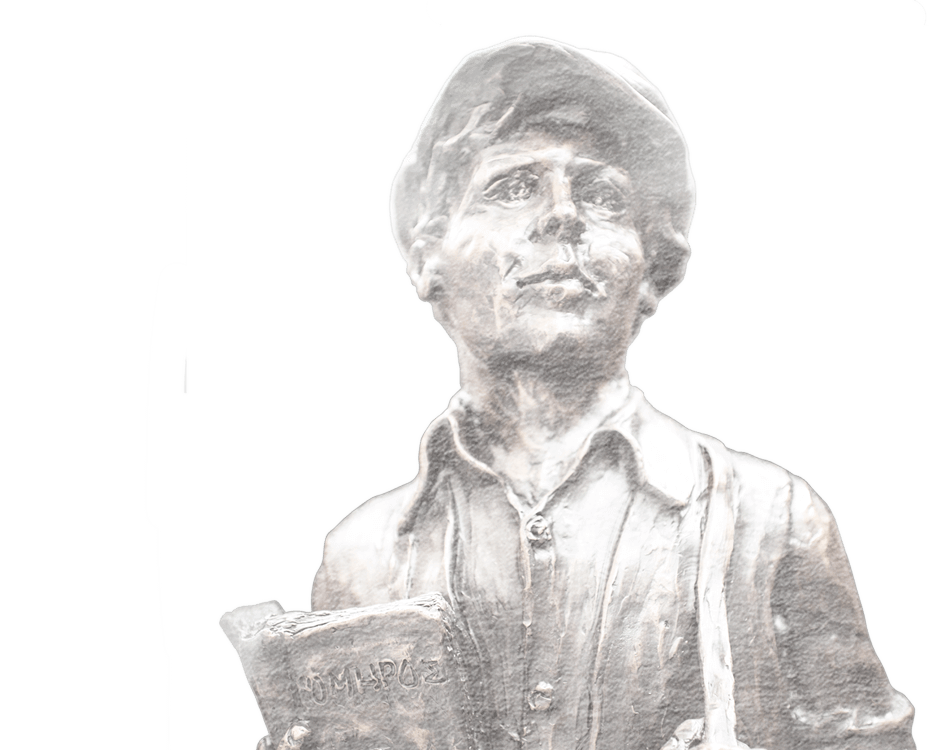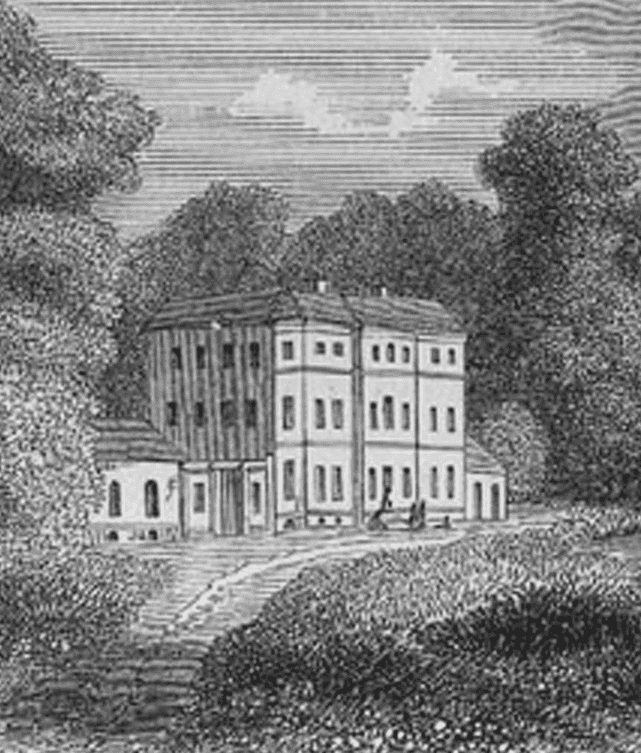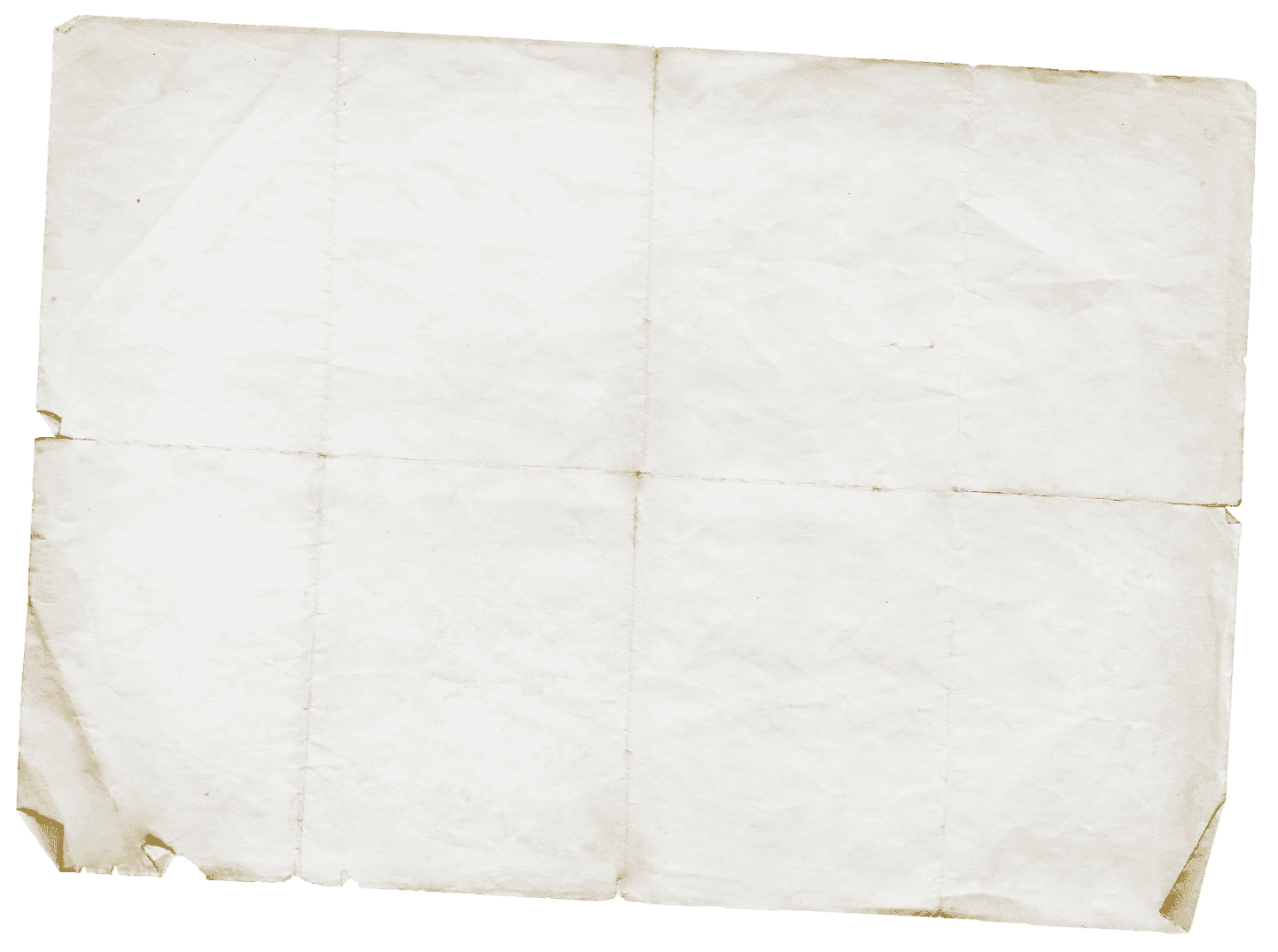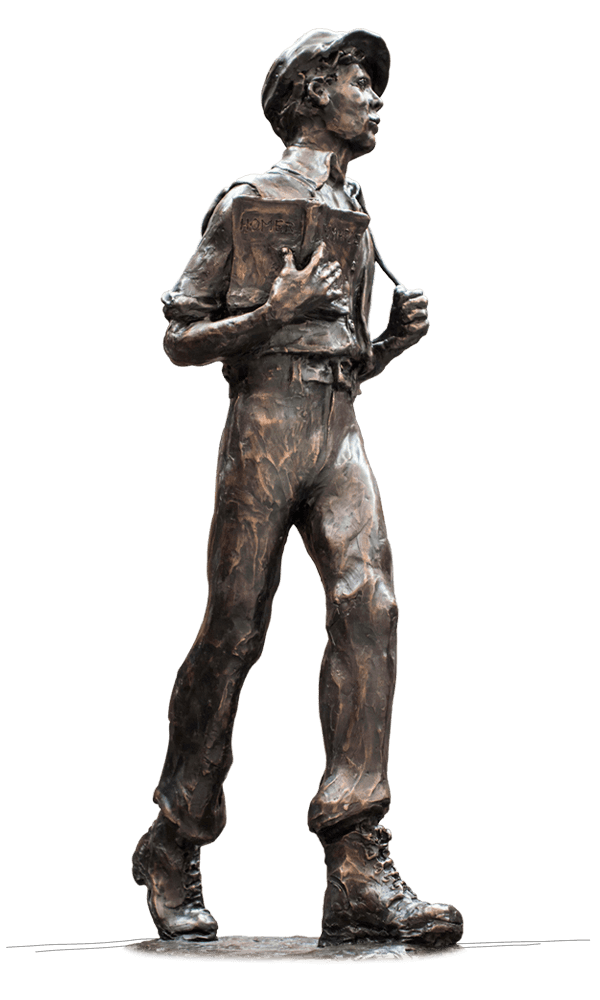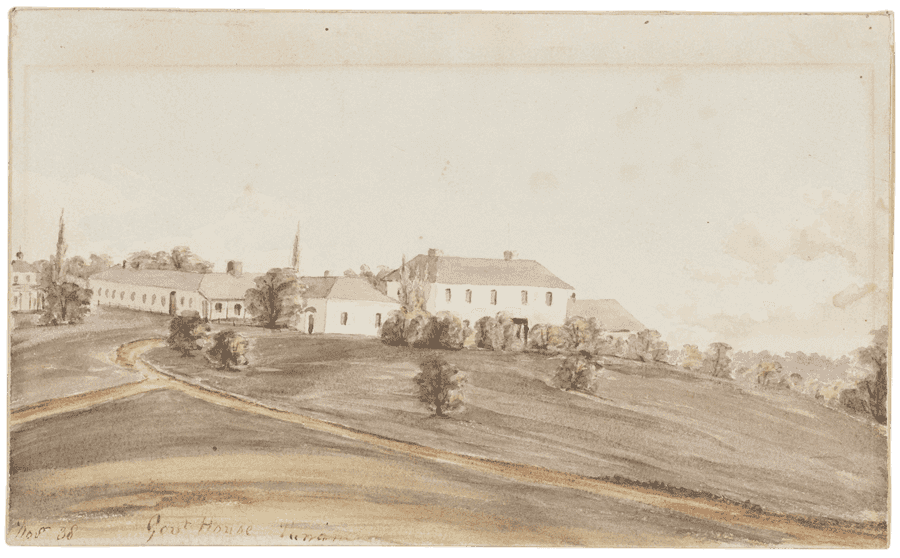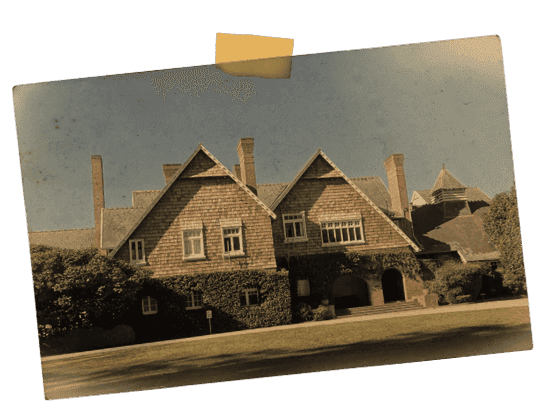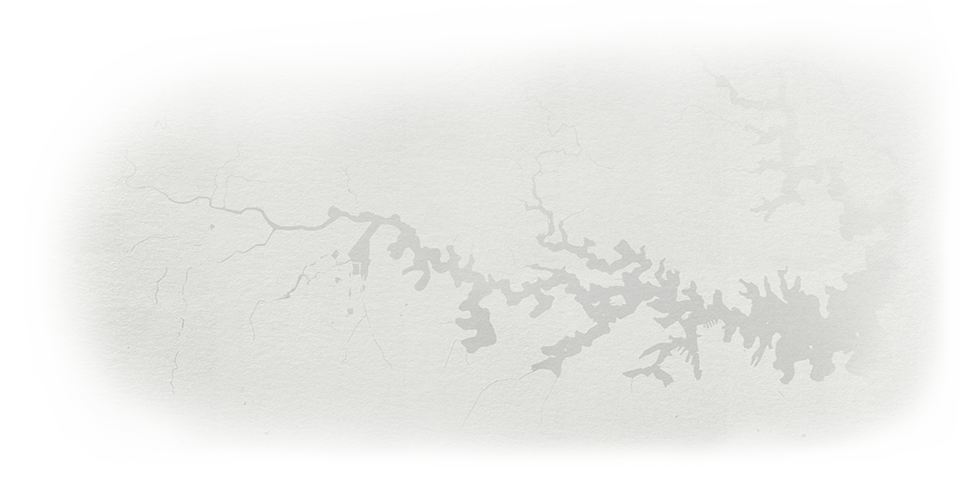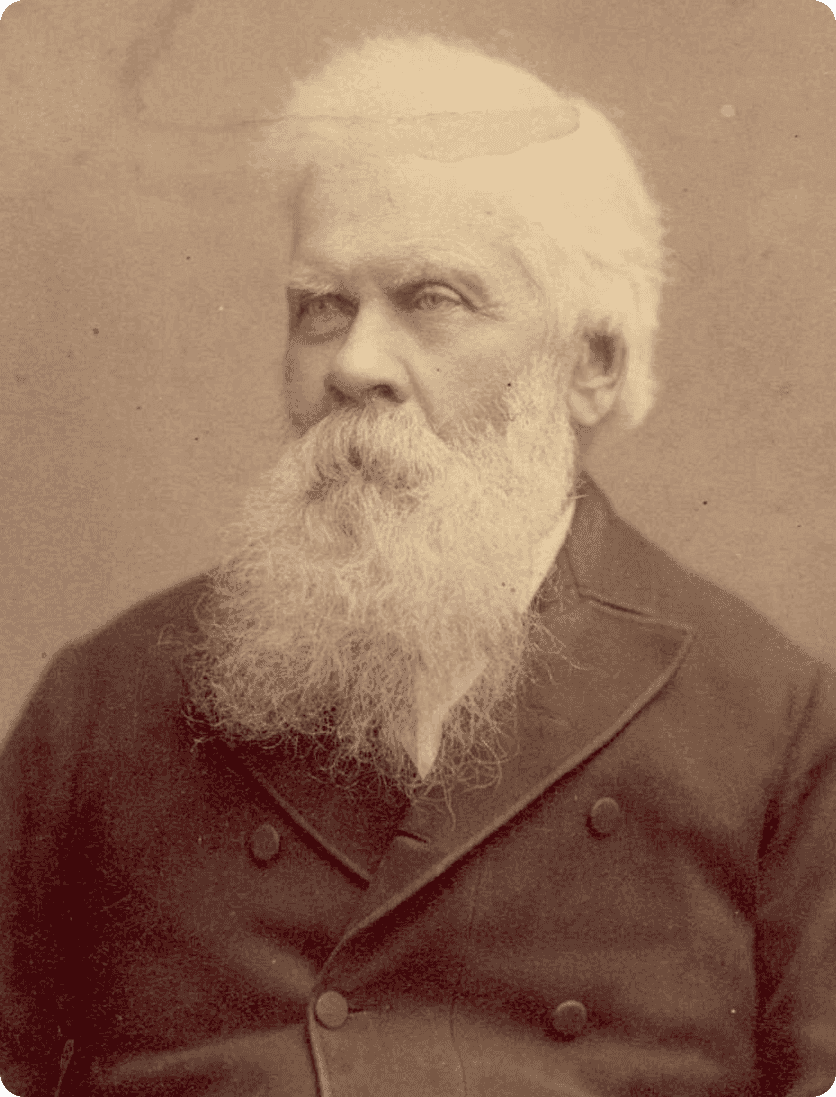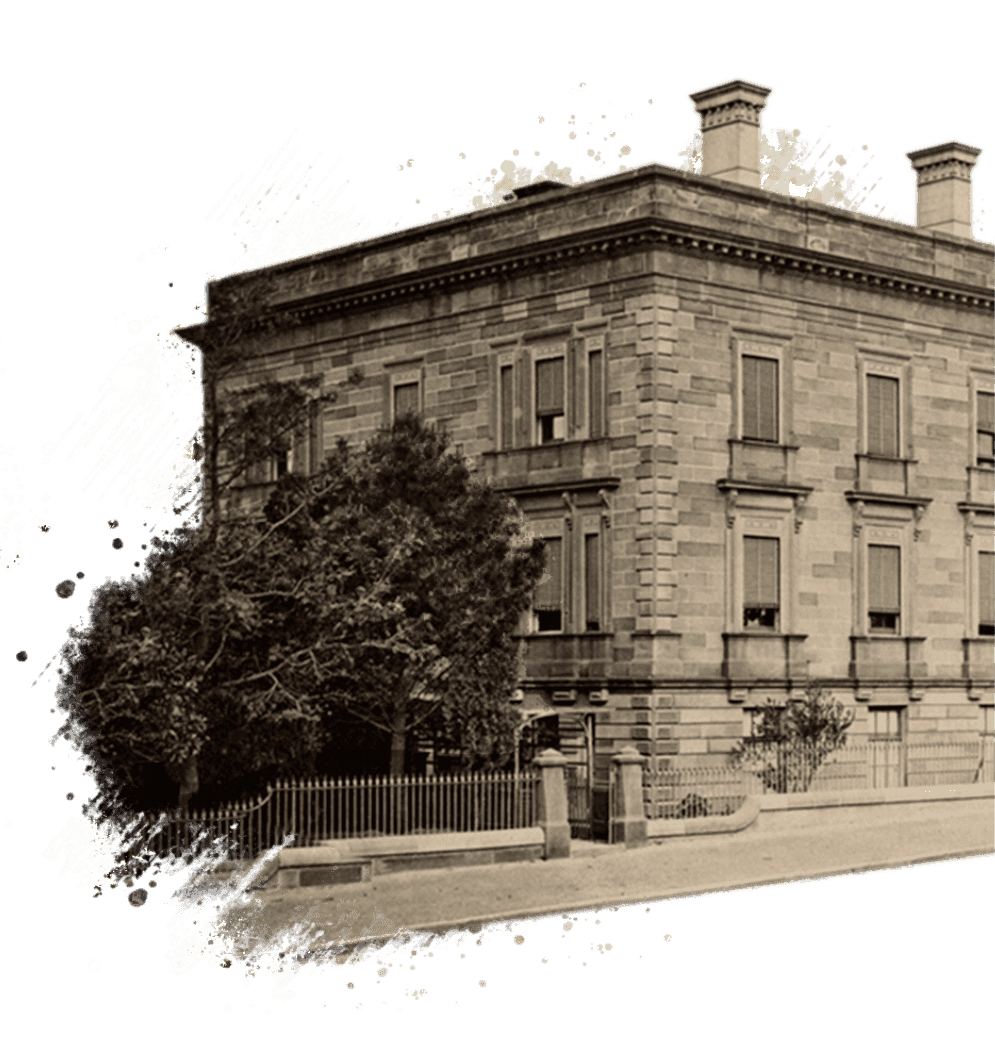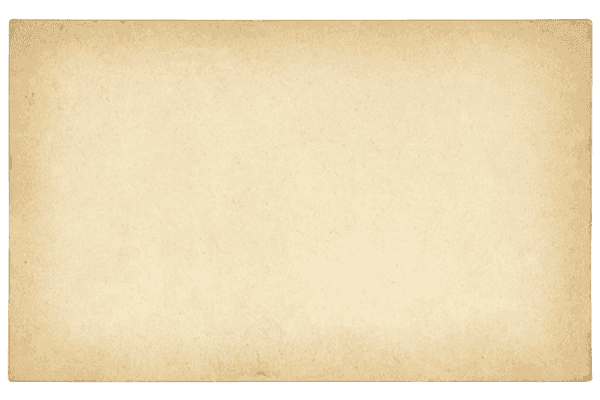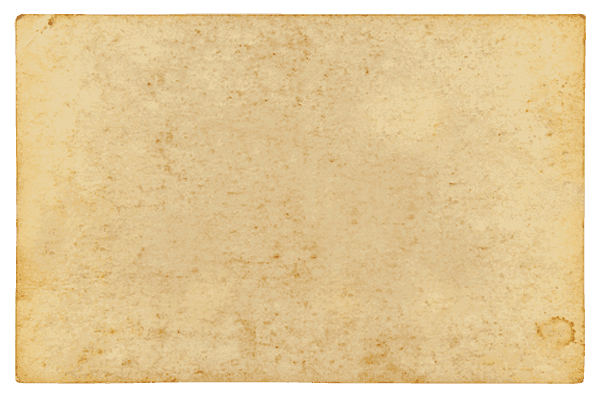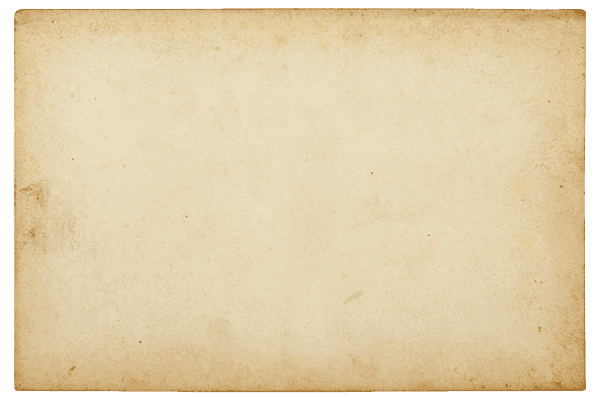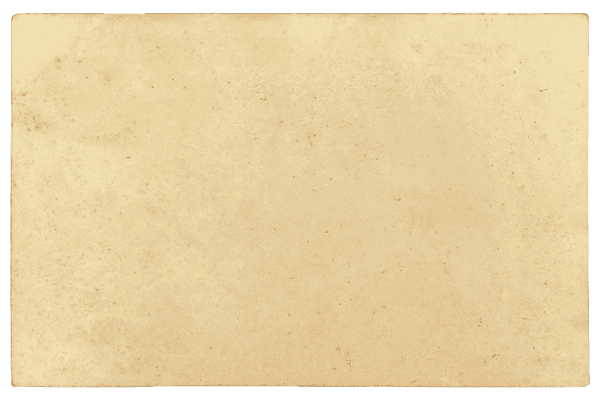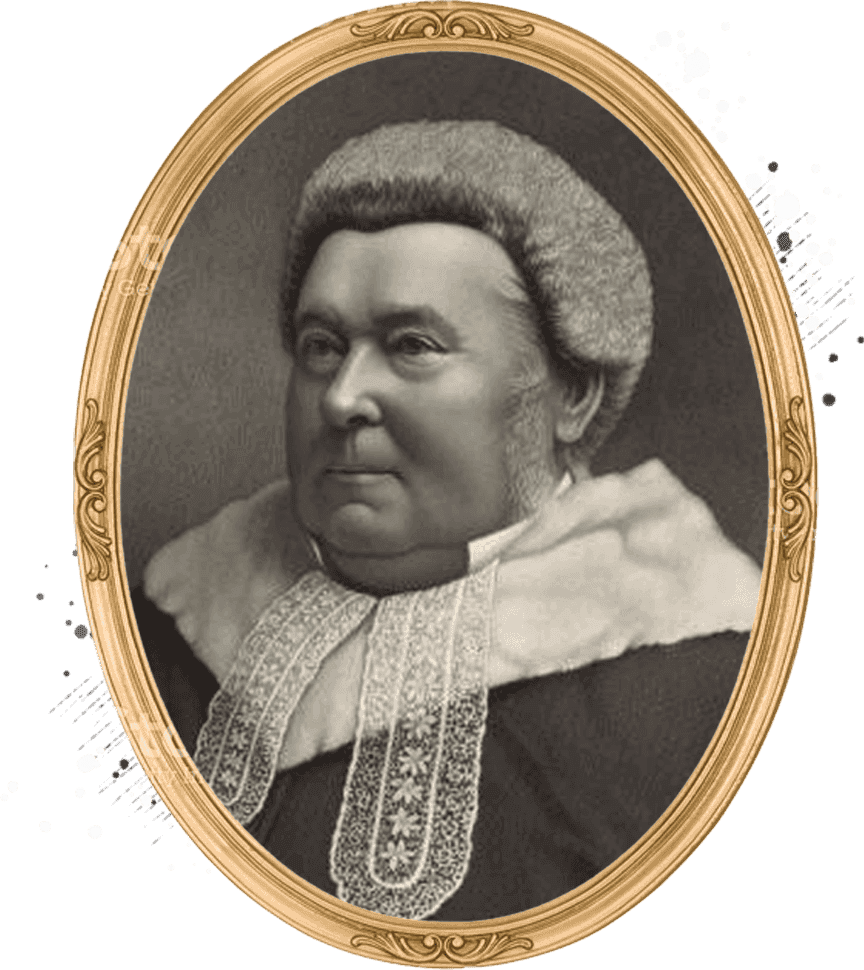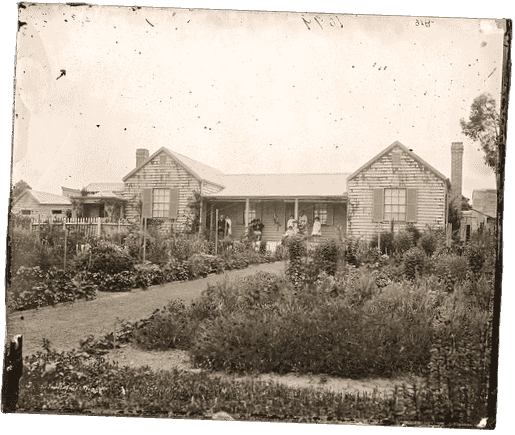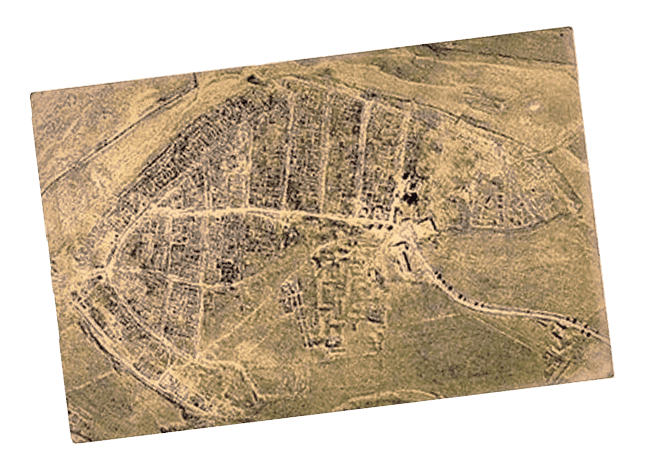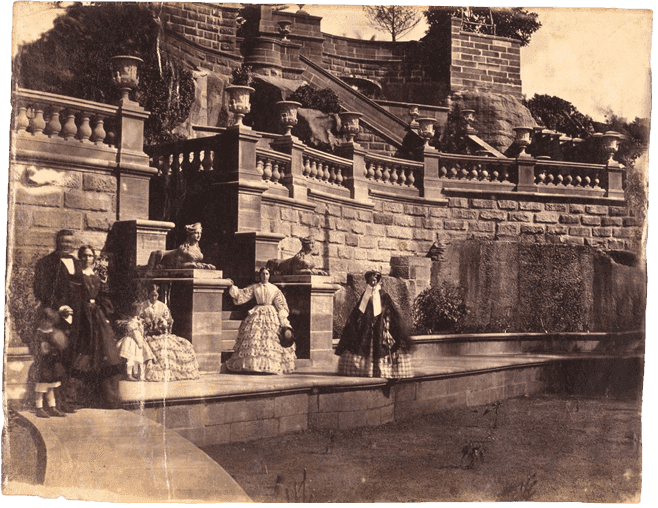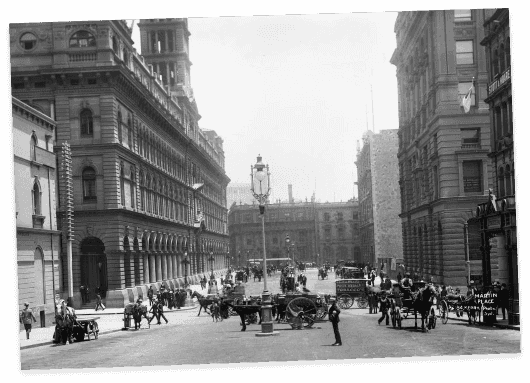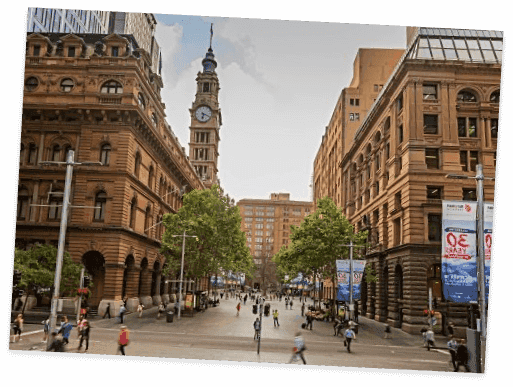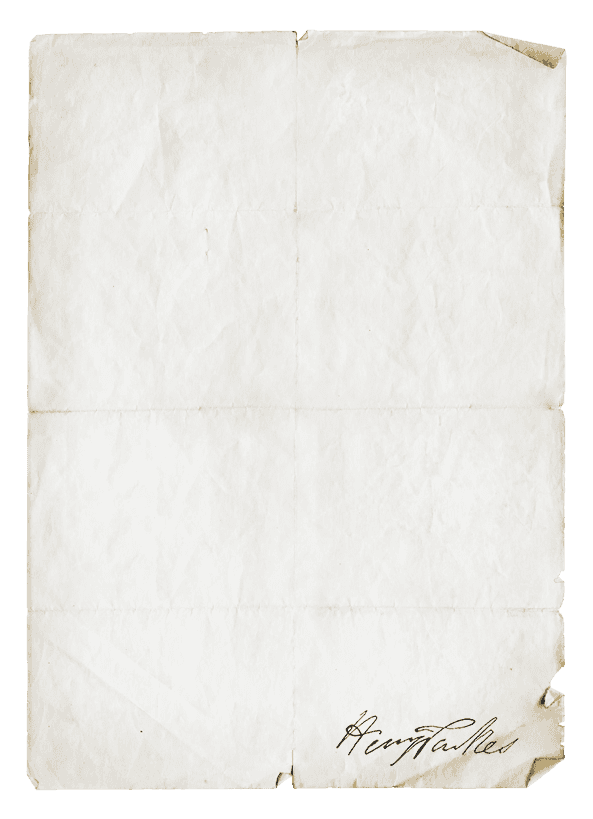While still at school, 18 year-old James started writing articles in The Australian.
This was an annus mirabilis for James, publishing both The Australian Sketchbook (we can smile at the youthful confidence of that “The”), and a bitter article on “the ignorance of the Molesworth committee on convict transportation”.
Already the lines of his future passions were emerging: an ardent patriotism, fierce support for the self-government of the colony, a wish to see it grow stronger and more independent, and impatience with sycophants, blockheads and snobs.
A book of miscellaneous
essays on the young colony
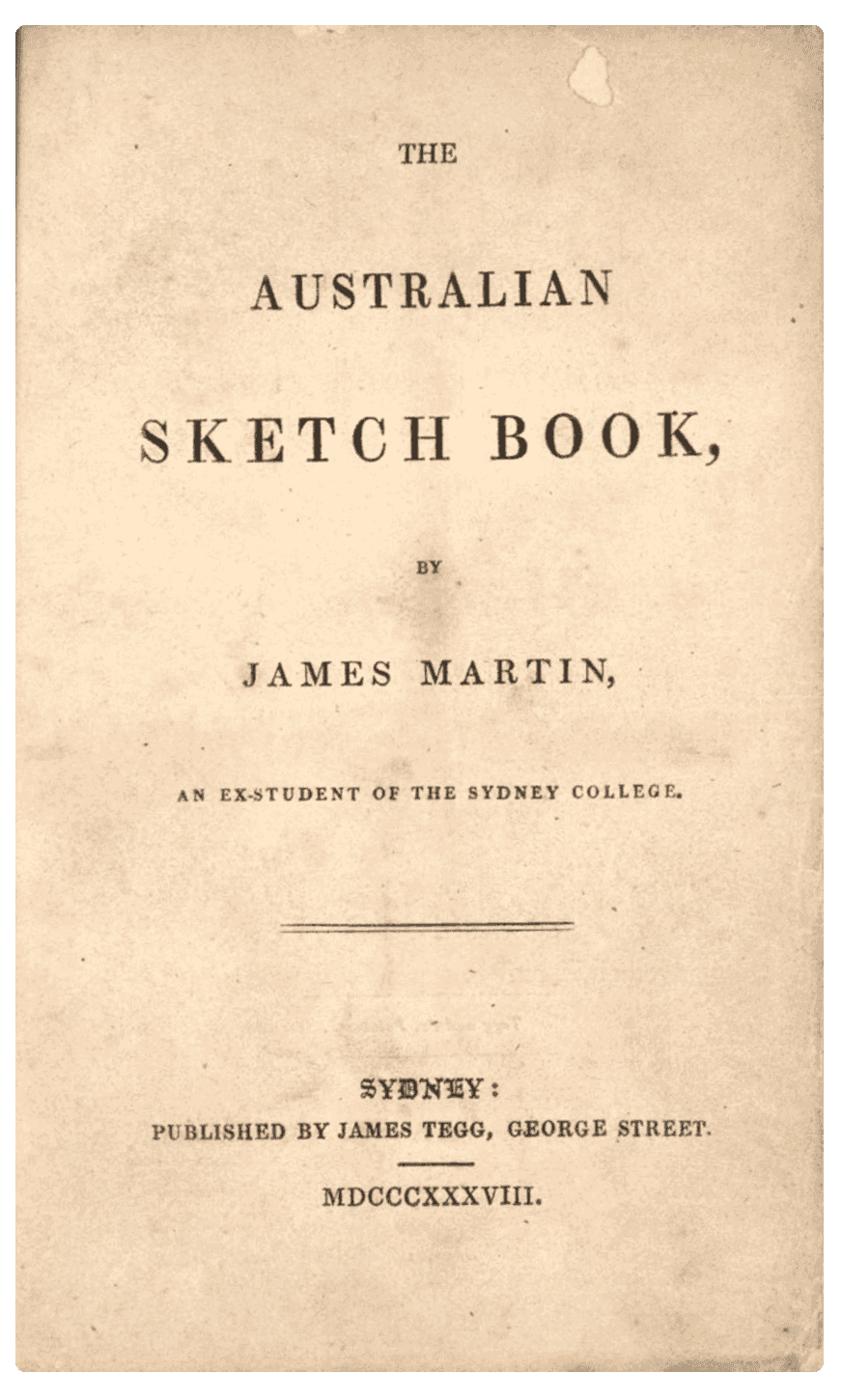
A book of miscellaneous essays on the young colony

By the age of 19, he was the Acting Editor of The Australian.
A feared crusader, he was mentored by the editor, the legendary G R Nichols, a lawyer who would soon change the course of Martin’s life.
G R Nichols had established a law firm in the city (it became the present-day Clayton Utz).
Ambition swelled in Martin.
He knew quite well that he could be more than a journalist. A poor Irish boy facing snobbery every day, he wanted a qualification and a standing that would prove his capacities beyond doubt.
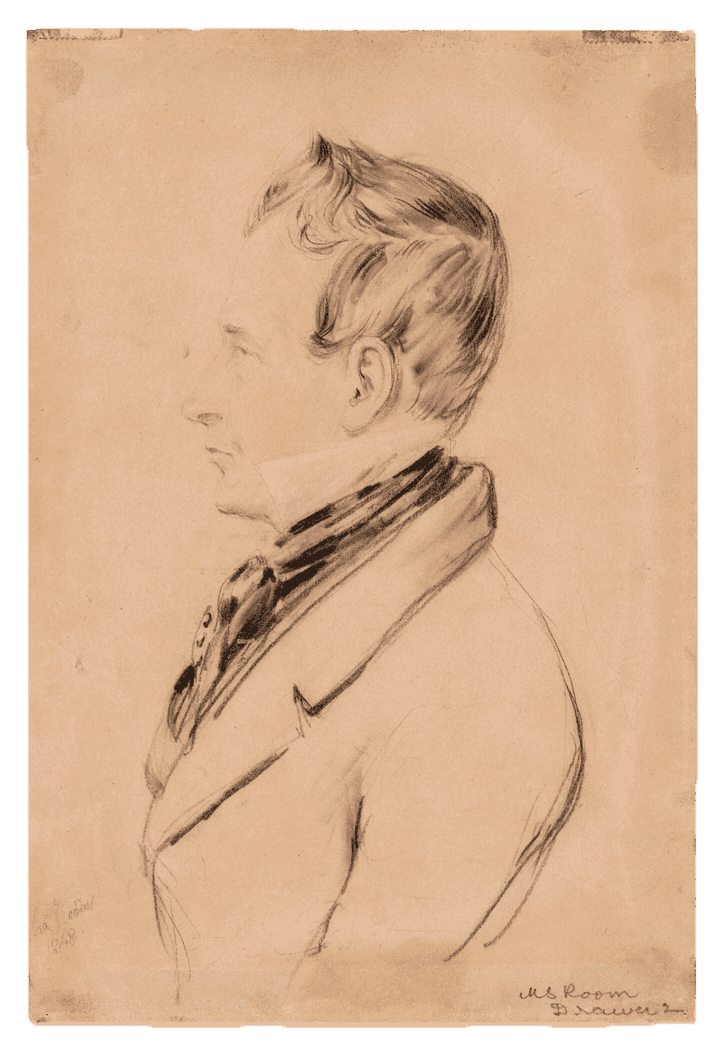
G R Nichols was James Martin’s mentor

G R Nichols was James Martin’s mentor
At 20, Martin was articled to Nichols in his chambers.
Martin was the most brilliant member of his graduating year, and was admitted as a solicitor.
He would go on to become Australia’s first locally-trained QC, a wealthy, successful barrister with rooms in Parramatta and Sydney by the time he was 40.
But now in his twenties, the struggle was still intense.
While practising law, he never stopped writing articles in the press, or lost his passionate interest in the constitution and the political development of the colony.
Offence was often taken at opinions and his often combative style, but they were never counterfeit or trimmed…
…far from it.
Now he knew he could be more than a journalist and a lawyer.
At the age of 28, he went into politics. Backed by Wentworth, he won the Legislative Council seat of Cook and Westmoreland.
A year later, he was unseated, purportedly because he lacked the necessary property qualification.
Not enough money, Mr Martin!
That would have stung any poor, ambitious Irish boy.
At the age of 34, he further offended polite society by marrying Isabella Long.
Isabella was the daughter of an ex-convict who had become wealthy in the most reliable way in the infant colony – through the liquor trade. They went on to have 16 children.
He was able to regain his seat the next year, and in August 1856.
At 36 years old, he became Attorney General of New South Wales, but the government fell soon after.
At the time, Philip Gidley King, a wealthy pastoralist, son of a naval captain of impeccably English stock, wrote about Martin:
“What a vulgar fellow [he] is.
I should think no decent person
would ever cross his threshold
again or send their cards!”
Martin was blackballed three times from the Australian Club while King was its president. And the wife of Governor Hercules Robinson refused to have him in her genteel, exclusive salon.
Martin’s abilities and passion carried him through all the slights, the snobbery and the jealousies.
His star continued to rise.
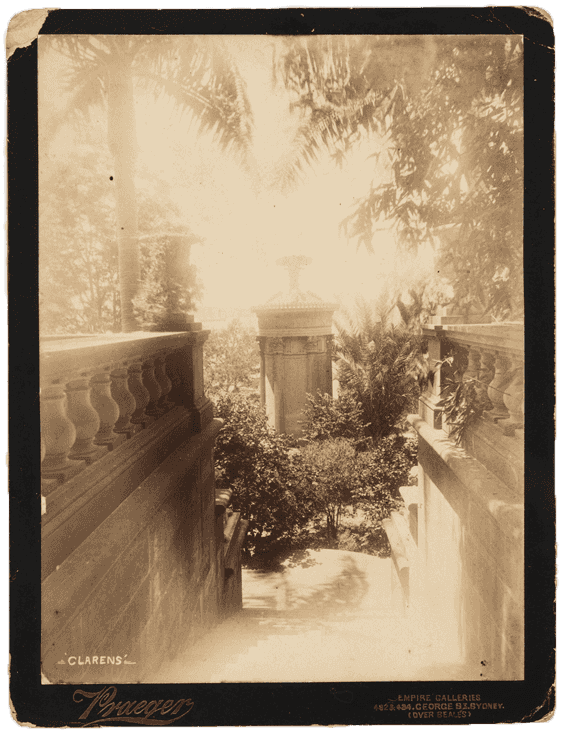
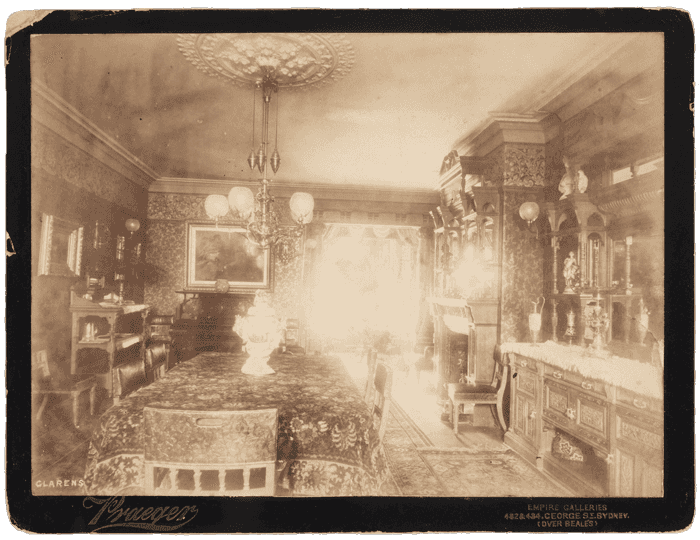
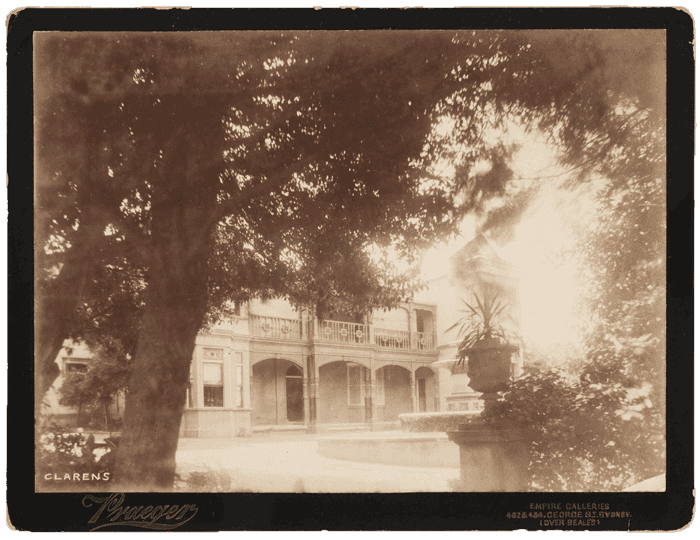
He bought Clarens, a fine house on the site of the present-day HMAS Kuttabul in Potts Point.
In October 1863 he became Premier of New South Wales for the first time.
His government fell in 1865 but he became Premier twice more, ending in 1872.
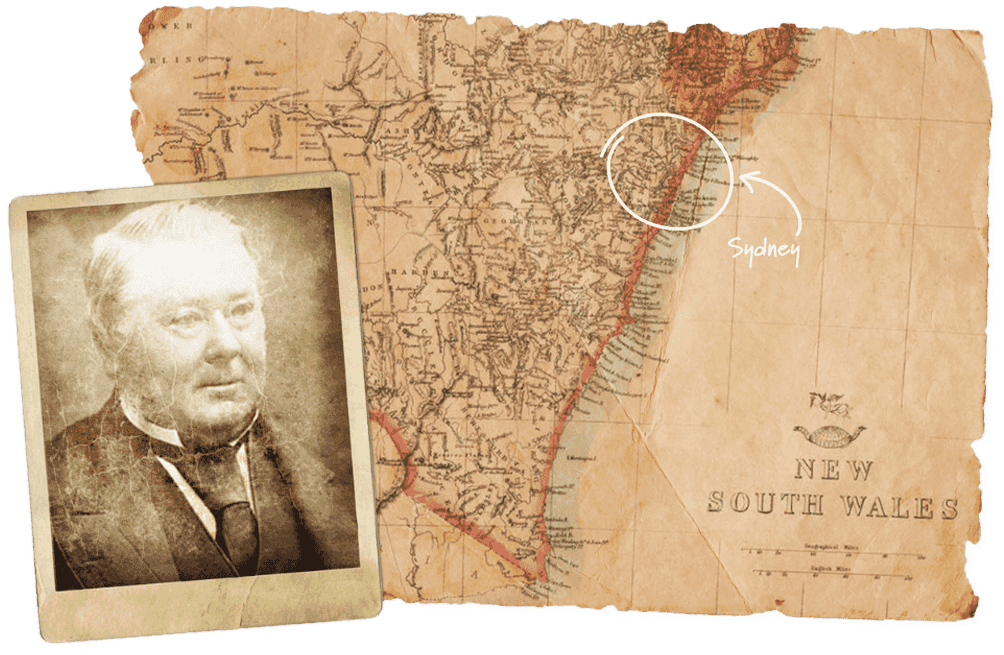
In 1868, while he was living in “Clarens” in Potts Point
Martin also commissioned a lovely sandstone copy of
the Lysicrates Monument built in 334 B.C. in Athens.

Today the copy is standing in Sydney’s Royal Botanic Garden.Learn more
